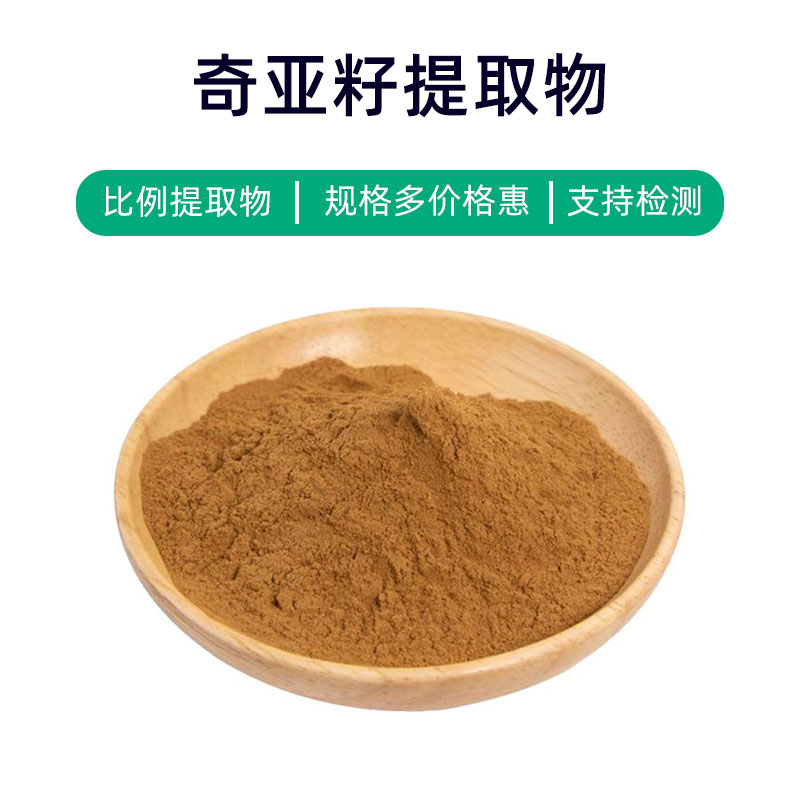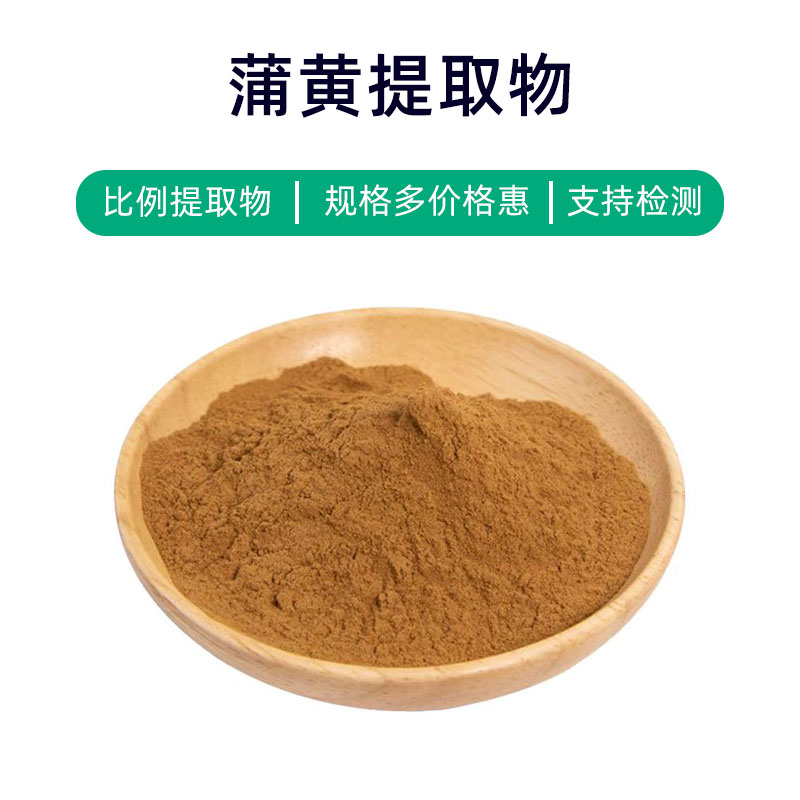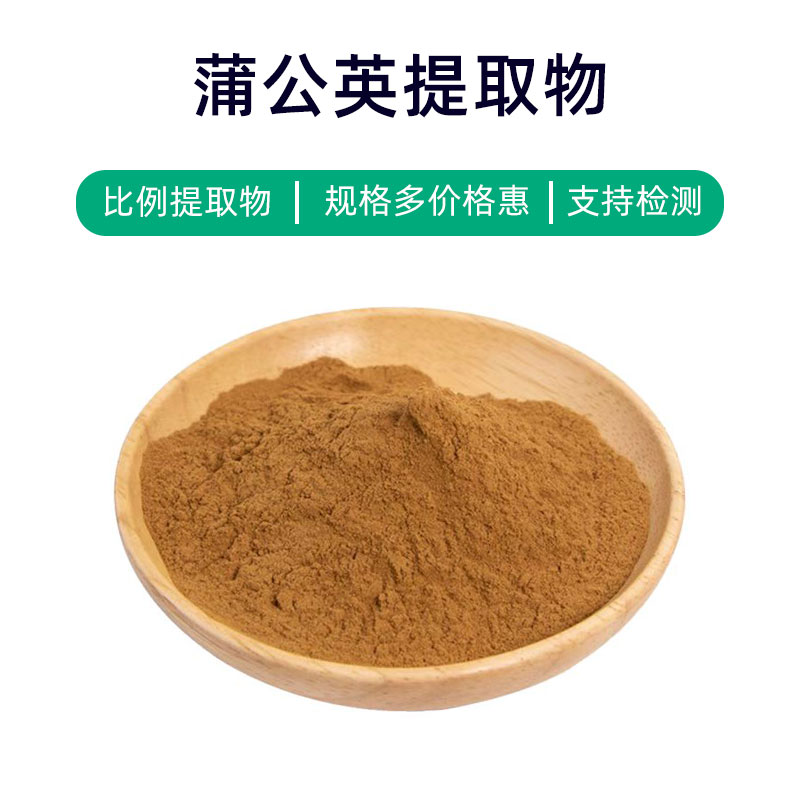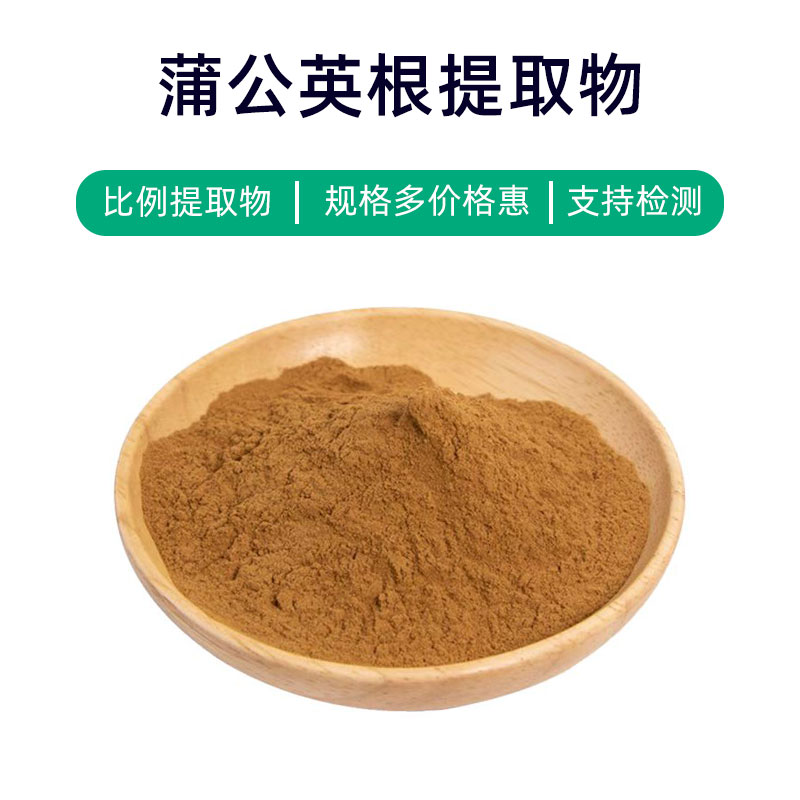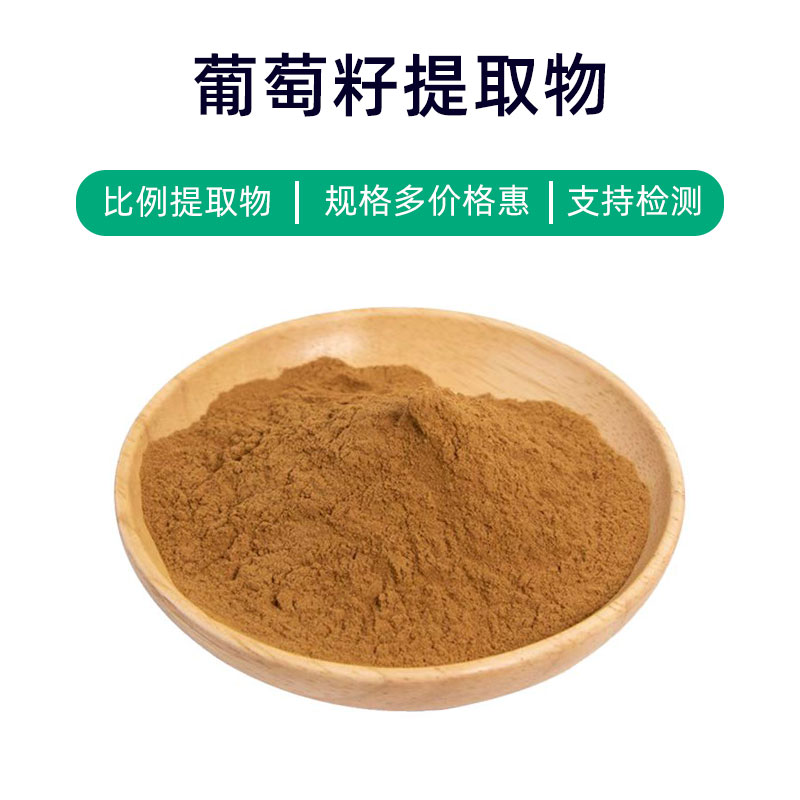Great Qing Leaf Extract Product Introduction
Great Qing Leaf Extract is a plant extract sourced from the Great Qing plant, primarily composed of various flavonoids, alkaloids, essential oils, and diverse organic acids. This extract has wide applications in medicine, food, and cosmetics.
In the pharmaceutical field, Great Qing Leaf Extract is often used to prepare traditional Chinese medicine formulations, such as granules, capsules, or injections. It is widely incorporated in TCM recipes for its effects of clearing heat and detoxifying, dispelling wind and dampness, reducing swelling, and alleviating pain. Its flavonoid components have antioxidant, anti-inflammatory, and antibacterial properties, useful for treating diseases like rheumatoid arthritis and common colds.
In the food industry, Great Qing Leaf Extract can serve as a raw material or additive in health products. Its natural medicinal components make it widely used in functional foods, such as health teas and nutritional beverages. Due to its immune-regulating and blood circulation-enhancing effects, it is considered beneficial to health.
In cosmetics, Great Qing Leaf Extract is commonly used in skincare products and shampoos. Its natural botanical properties help moisturize the skin and purify pores, addressing issues like acne and blemishes. Additionally, it offers certain antioxidant and anti-aging effects, being widely applied in anti-aging products.
Overall, as a natural plant extract, Great Qing Leaf Extract holds significant application value in medicine, food, and cosmetics, providing robust support for the development and production of various products.
Production Process of Great Qing Leaf Extract
The production process of Great Qing Leaf Extract generally includes the following steps:
- Raw Material Preparation: Fresh Great Qing leaves are selected, cleaned thoroughly, and air-dried.
- Crushing: The dried leaves are processed to achieve uniform particle size.
- Extraction: Appropriate extraction methods, such as soaking or ultrasonic extraction, are employed to mix the crushed leaves with the extracting agent, obtaining the desired active components.
- Filtration: The extract is filtered to remove impurities and solid particles, resulting in a clear liquid extract.
- Concentration: The extract is concentrated to remove excess solvent and yield a concentrated solution.
- Drying: The concentrated solution is dried to produce powdery Great Qing Leaf Extract.
- Packaging: The dried extract is packaged using sealed materials to maintain its stability and purity.
- Quality Testing: The final product undergoes quality testing to ensure compliance with relevant standards and regulations.
The above outlines the general production process; specific procedures may vary based on the manufacturer's techniques and equipment. Throughout production, strict control of operational parameters and quality indicators is essential to guarantee the quality and safety of the final product.
Benefits and Side Effects of Great Qing Leaf Extract
As a natural herbal extract, Great Qing Leaf Extract enjoys broad applications in both traditional and modern medicine. Its primary benefits and effects include:
- Antioxidant Action: Rich in antioxidant substances like flavonoids and vitamin C, it clears free radicals from the body, slows down cellular aging, and protects cells from oxidative damage.
- Anti-inflammatory Action: Its active components possess certain anti-inflammatory effects, helping to alleviate inflammatory responses and reduce pain and swelling.
- Immune Regulation: It contains various immune-regulating active ingredients that enhance immune function, increasing resistance to infections and diseases.
- Antibacterial and Antiviral Properties: Some components exhibit significant antibacterial and antiviral activities, inhibiting various bacteria and viruses, assisting in the prevention of infections and communicable diseases.
- Circulatory System Improvement: It can dilate blood vessels, enhance blood circulation, lower blood lipids, and prevent the occurrence of cardiovascular diseases.
- Diuretic and Detoxifying: It has diuretic properties that help expel excess water and metabolic waste from the body, detoxifying and improving the internal environment.
- Blood Sugar Regulation: Some studies indicate that it has blood sugar-lowering effects, which could assist in controlling blood sugar levels for diabetic patients.
Generally, Great Qing Leaf Extract is considered safe; however, caution should be observed in the following aspects:
- Individual Differences: Different individuals may respond differently to the extract. It is recommended that those with allergies or special conditions use it under medical guidance.
- Dosage Control: Strict adherence to the dosage indicated in instructions or prescribed by a physician is essential to avoid adverse reactions due to overuse.
- Avoid Long-term High Dosage: Prolonged high dosage use may burden the liver and kidneys, thus should be used judiciously under a doctor's supervision.
- Note Drug Interactions: The extract may interact with other medications, affecting efficacy or raising the risk of adverse reactions; care regarding compatibility is advised.
Application Scenarios and Dosage of Great Qing Leaf Extract
Great Qing Leaf Extract, as a natural herbal extract, finds extensive application in medicine, food, and cosmetics. The following describes its use in various fields and recommended dosages:
- Pharmaceutical Field:
- Applications: Commonly used in traditional Chinese medicine formulations to treat rheumatism, injuries, inflammatory diseases, etc.
- Dosage: Typically, it can be used as herbal material, brewed in water for oral intake, or prepared into ointments or medicinal alcohol for external application. Specific dosages should follow medical advice or product instructions.
- Food Industry:
- Applications: Used as a food additive, serving as a natural antioxidant or preservative in health products and functional foods.
- Dosage: Generally used as a food additive, dosages must comply with relevant regulations and standards and not exceed specified maximum limits.
- Cosmetics Sector:
- Applications: Due to its antioxidant, anti-inflammatory, and moisturizing effects, it is widely utilized in skincare products and shampoos.
- Dosage: Typically used as a cosmetic ingredient; specific dosages should be determined based on product formulation and efficacy requirements, with a recommended use range of 1%-5%.
- Additional Considerations:
- Prior skin allergy testing is recommended to ensure no allergic reactions before continued use.
- Avoid adverse reactions with other medications or chemicals, taking care regarding drug interactions.
- Pregnant women, nursing mothers, and children should seek medical advice before use.
Overall, Great Qing Leaf Extract possesses unique application value across medicine, food, and cosmetics. However, it is critical to adhere to product instructions or physician recommendations during use to ensure safety and efficacy.
Overview of the Source Plant for Great Qing Leaf Extract: Distribution and Growth Environment
Great Qing Leaf Extract is sourced from the Great Qing plant (scientific name: Acanthopanax trifoliatus), a common herbaceous plant belonging to the Araliaceae family. Here are the details regarding the Great Qing plant’s source, distribution, and growth environment:
- Plant Characteristics:
- The Great Qing (Acanthopanax trifoliatus) is a perennial herb that can typically reach heights of 1.5-2 meters. Its leaves are palmate, composed of three to five leaflets, with a deep green color and a glossy surface. The plant has a robust root system and thorny stems, with abundant foliage.
- Distribution:
- The Great Qing plant is mainly distributed across East Asia, including China, Japan, and Korea. In China, it commonly grows in the regions south of the Yangtze River, especially in southern, central, and southeastern coastal areas such as Guangdong, Guangxi, Fujian, and Zhejiang.
- Growth Environment:
- Preferring warm and humid conditions, the Great Qing thrives in mountainous areas, forest edges, near streams, and beneath forests, flourishing at varying altitudes from low to mid-elevation mountains. It has strong soil adaptability, doing well in loose, fertile soils but requiring ample sunlight, favoring partially shaded environments.
- Growth Habits:
- The Great Qing plant grows rapidly and adapts well to its environment, generally unaffected by severe pests or diseases. It exhibits strong resilience, tolerating certain levels of drought and cold.
- Main Harvesting Part:
- The leaves of the Great Qing are the primary harvesting part, valued for their medicinal and edible qualities. Harvesting typically targets robust, disease-free plants, with the leaves collected and processed into extract.
In summary, the Great Qing plant is a common herbaceous species that is widely distributed across East Asia, thriving in warm and humid environments, exhibiting high resilience and adaptability. Its leaves are the main harvesting section, useful for producing extracts.
Processing and Storage of Great Qing Leaf Extract
The processing of Great Qing Leaf Extract typically includes the following steps: first, fresh Great Qing leaves are cleaned to remove impurities and then undergo preliminary treatment, such as chopping or grinding. Subsequently, appropriate extraction methods (such as water extraction or ethanol extraction) are used to extract the leaves, yielding Great Qing Leaf Extract. Finally, the extract undergoes filtration, concentration, and drying to produce the final product.
Regarding storage, Great Qing Leaf Extract should be kept in a cool, dry, well-ventilated environment, avoiding direct sunlight and moisture. For storage containers, it is recommended to select well-sealed containers to prevent air, moisture, or odors from entering. Additionally, it is important to avoid contact with toxic substances or any materials that may affect the extract's quality and stability. Proper storage methods can effectively extend the shelf life and usability of Great Qing Leaf Extract.
Monica Sun is a seasoned expert in the plant extraction industry with over a decade of experience in research and production. She specializes in the extraction and purification of plant active ingredients, focusing on driving innovation in natural product applications. Monica has participated in the development of multiple functional plant extracts, delivering high-value natural raw material solutions for the health food, pharmaceutical, and dietary supplement sectors.









